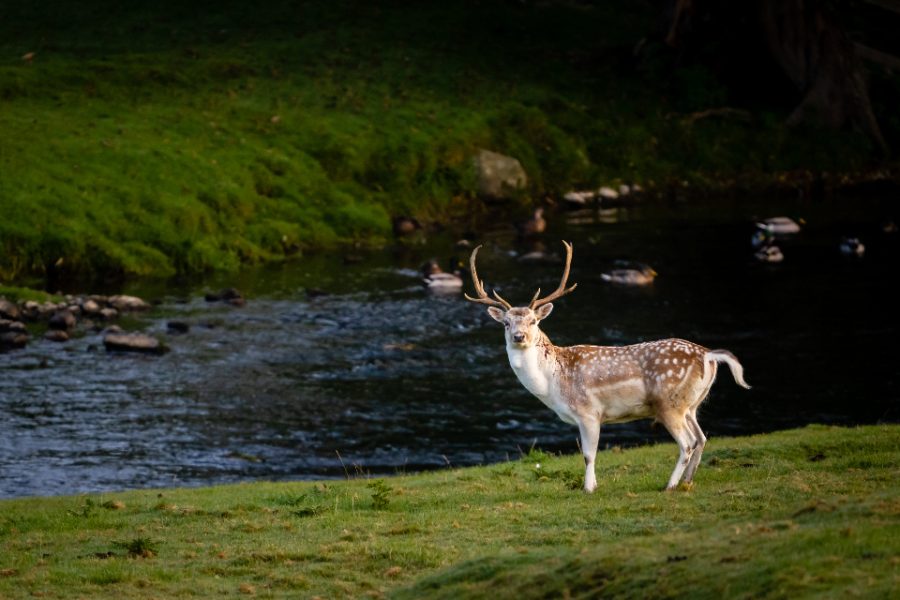Hunting season around the corner
November 1, 2021
The fall season is now upon us and with it brings a new hunting season. So what do you need to do first if you want to hunt this season?
First, you should get a hunting license. To do this you can go to https://www.huntfish.pa.gov/ and follow the step by step process. Anything that is considered small game – squirrels, birds, rabbits, etc. – can generally be hunted year-round. Larger game have specific dates and seasons in which they can legally be hunted in the state of PA. Big game includes white-tailed deer, bear, elk, or anything of a similar size. Be sure to check the season of any particular game prior to hunting anything.
The season for hunting white-tailed deer began on October 2. This is the start of deer season in Pennsylvania, but dates may vary in other states. However, there are some dates on which you cannot hunt. Here are the specific dates that you can hunt for this season: October 2 – November 13; Sunday, November 14; November 15-19 and December 27 – January 17, 2022.
Hunters are allowed one antlered deer per hunting license. Antlerless deer need an antlerless license to be hunted, and related applications for antlerless license for this season must have already been sent to the state. Regarding muzzleloaders and archery, hunting 2021 dates for this are October 16 – 23, both requiring a specific license for antlerless deer.
Then comes the season for hunting with regular firearms for both antlered and antlerless deer. For this, the first day is November 27 and the last day is January 17, with hunting disallowed on any and all Sundays between the above dates. Again, one antlered deer is allowed per antlered license, and one antlerless deer per antlerless license.
But, if you do not know much about hunting, you may be wondering why we have deer seasons in the first place? The answer is quite simple— seasons are used to regulate the deer population in a particular state. If the deer population was too large, overgrazing and a subsequent loss of brush and shrubs in forested areas would occur, areas that small animals and birds usually call home. Another reason to regulate the population of deer is to keep deer from damaging property. If the deer population became too great, the animals would have fewer places to live, ultimately leading to migration towards more heavily populated areas, resulting in an increase in “deer-car” accidents.



